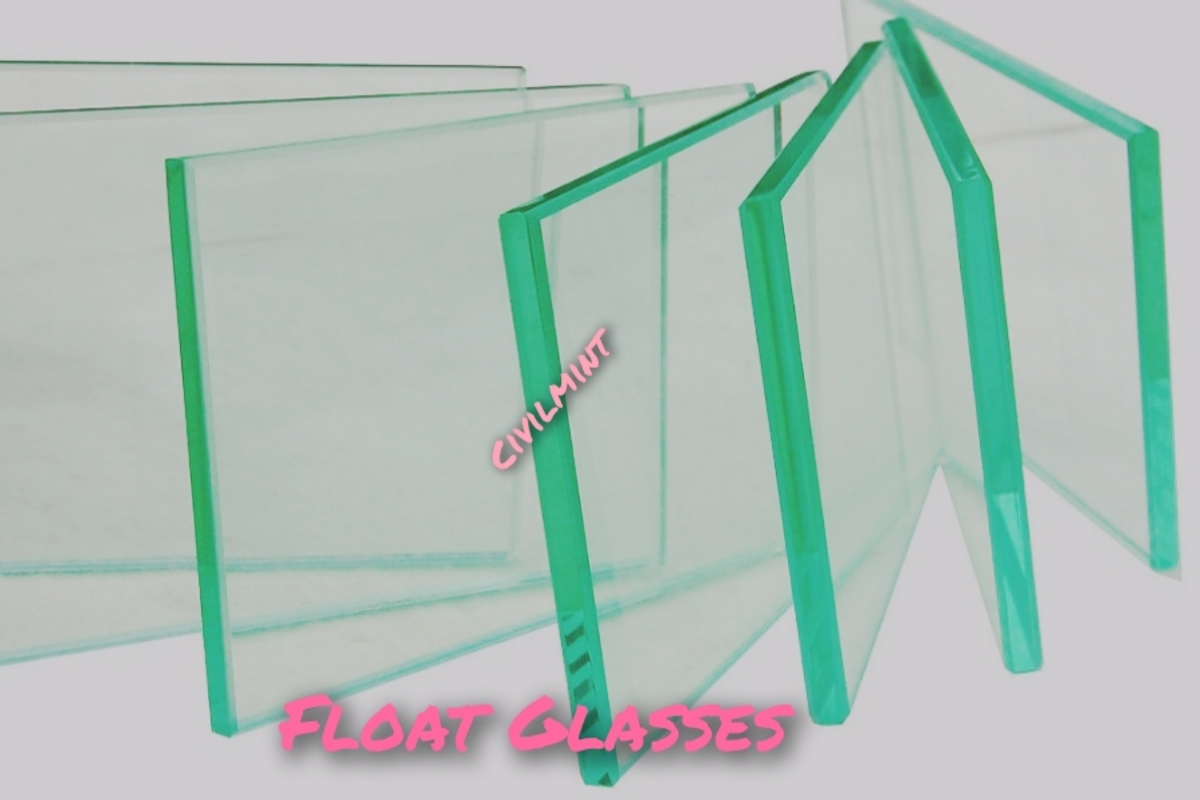
Table of Contents
What Is Float Glass?
Float glass is a type of glass product that is made by floating molten glass on a bed of molten metal, such as tin.
This innovative technique was developed in the 1950s by the British glass manufacturer, Pilkington, and is also known as the Pilkington process.
Prior to this, manufacturers used methods such as drawn glass or plate glass to create flat glass sheets.
Drawn glass involves pulling molten glass vertically through a die, while plate glass involves labor-intensive grinding and polishing.
The float glass process requires heavy-duty factory machinery, strict formulas of raw materials, and very tight tolerances to ensure the sheet has uniform thickness and very flat surfaces.
The resulting product is typically soda-lime glass, although specialty borosilicate and flat panel display glass are also produced using the float glass process in relatively minor quantities.
Float glass is widely used in the production of modern windows due to its high quality and consistency.
It is important to note that although lead and other low-melting-point alloys were used in the past, tin is the most commonly used metal for the bed in the float glass process today.
With the use of the float glass process, manufacturers are able to produce high-quality glass sheets that are uniform in thickness and have very flat surfaces, making them ideal for a wide range of applications
Float Glass Production Process
The production of float glass involves using common glass-making raw materials such as sand, sodium carbonate, dolomite, limestone and sodium sulfate. Other materials may be added as colorants, refining agents, or to adjust the physical and chemical properties of the glass.
The raw materials are mixed in a batch process and then fed in controlled proportions with culm (waste glass) into a furnace, which is heated to approximately 1500 °C. The furnaces used for float glass production are typically 9 meters wide and 45 meters long, with a capacity of over 1200 tonnes. Once molten, the temperature of the glass is stabilized to around 1200 °C to ensure that it has a uniform specific gravity.
The molten glass is then poured onto a “tin bath”, which is a bath of molten tin approximately 3–4 m wide, 50 m long and 6 cm deep. A ceramic lip known as a spout lip is used for pouring glass over a tin bath. A gate called a tweel controls the amount of glass being poured onto the molten tin. Tin is ideal for the float glass process because it is cohesive, has a high specific gravity, and is immiscible with molten glass. However, tin oxidizes in a natural environment to form tin dioxide (SnO2), which adheres to glass during production. To prevent oxidation, the tin bath is provided with a positive pressure protective atmosphere of nitrogen and hydrogen.
As the glass flows over the surface of the tin, it forms a floating ribbon that has perfectly smooth surfaces on both sides and is the same thickness. The temperature is gradually reduced from 1100 °C to about 600 °C as the glass flows through the tin bath. The glass ribbon is then pulled from the bath by rollers at a controlled speed. Variation in flow speed and roller speed allows glass sheets of varying thickness to be formed. Top rollers located above the molten tin can be used to control both the thickness and width of the glass ribbon.
Once the glass ribbon is out of the bath, it passes through a Lehr kiln for about 100 m, where it is slowly cooled so that it is unstressed and will not break from temperature changes. After exiting the “cold end” of the kiln, the glass is cut by machines. This entire process results in the production of high quality float glass that has a smooth surface, uniform thickness, and is free from distortions.
Uses
Float glass is a high-quality form of glass that requires no additional polishing and can be easily shaped and bent during production.
As a result, it has become the most commonly used form of glass in consumer products.
Float glass is utilized in a wide range of applications, including automobile glass, mirrors, furniture, insulated glass, windows and doors, and various forms of specialized glass such as toughened glass, frosted glass, laminated safety glass, and soundproof glass.
Most of these specialized glass products are made from standard float glass that has undergone further processing.
Advantages
Float glass is smoother than drawn glass, with uniform and parallel surfaces, resulting in better clarity and fewer blemishes, making it an ideal choice for windows and doors.
The process of creating and cooling float glass makes it stronger and more durable than drawn glass, even when comparing sheets of the same thickness.
By adjusting the batch ingredients, float glass manufacturers can create tinted glass that allows less light through the sheet and can also shape and contour the glass for various applications.
The float glass process is more efficient than making plate glass, with highly regulated processing equipment and the use of cullet, resulting in minimal waste.
Faqs
Float glass is commonly used for windows, doors, mirrors, and glass partitions.
High clarity, easy maintenance, strength, customization options, low cost.
